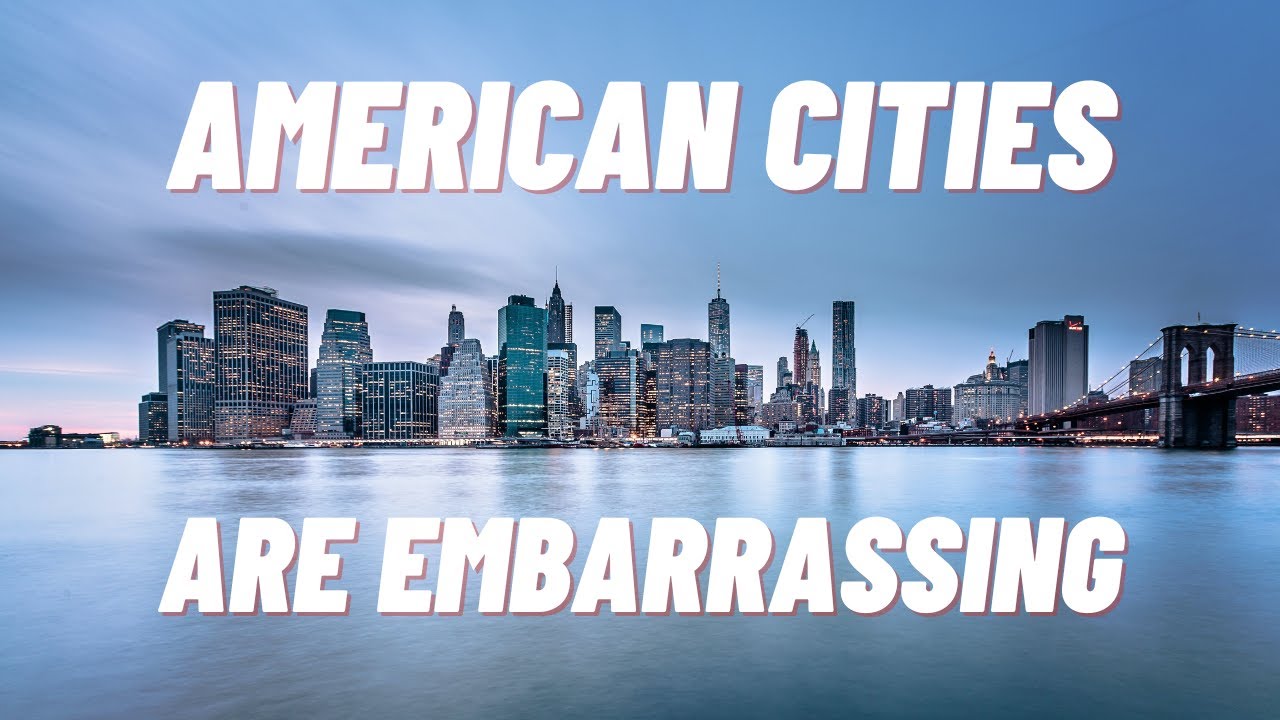This video outlines some of the relationships between US commuting culture and the perspectives that it’s engendered about the role of the city. The, when compared and contrasted to other nations’ approach to city design and perspectives shows that it’s possible to have a city core that’s more than just a workplace.
My city is currently clinging to a small area of interesting downtown core. Everything else has either been bulldozed for parking lots, turned into office buildings with no store fronts, or plowed into wider roads. Every time I show the maps of the city with how car-focused we’ve made downtown to a city council member they recoil at the desolation, but it’s so hard to get change happening.
We need fewer roads, cars, and non-human spaces in our city core areas. Making wider walking paths, biking roads, mass transit (not just busses!), and planting trees to make spaces more attractive will all continue to invite people to come downtown, not just someone desperate enough to drive there, park, hit one store and drive away.



I read a study long time ago, I can’t find it, it’s old, and I have not kept up with new publications so take all this with a huge grain of salt. The study found that not only does a public transit system need to be available and dependable, it needs a certain amount of people too. Once a critical number of commuters used public transit it passed a tipping point where even more people began to use it. The study concluded that people seeing people take public transit will increase the likelihood that they will choose public transit next time compared to people who saw deserted public transit. It’s a chicken and egg problem on top of everything else. Keep in mind I am not an expert and I am not current with the topic.